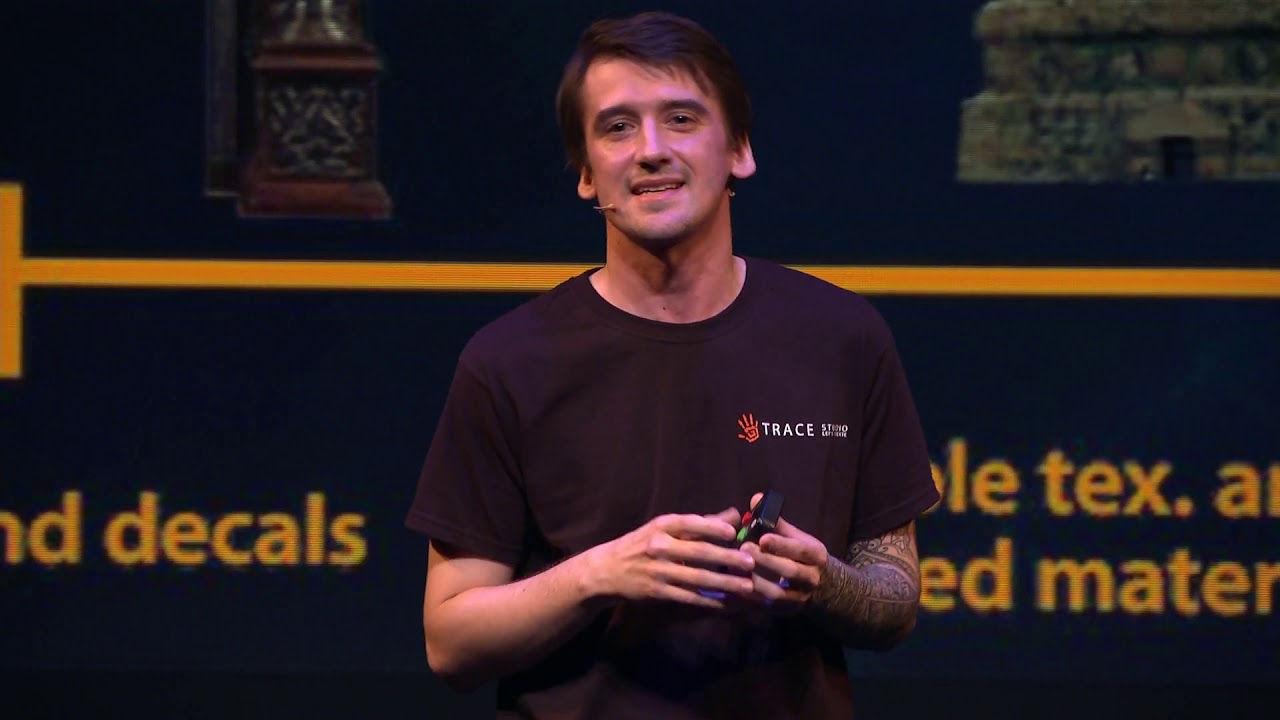Hi there good folks of BlenderArtists
me and my friend have built a scene in which there are about 4M polygons.
we used substance painter for creating Color,Height,roughness and metallic channels, mostly in 4k resolution.
this is the scene as seen in solid mode with all statics enable to give you all a general idea
our problem is when trying to render, ram usage goes to about 10 Gigabyte which is far more than my laptop 1660 ti’s 6GB Vram,
we export the textures from substance in jpeg 8 bit
here is a static from memsaver which shows the different assets ram usage:
we used instancing as much as possible to optimize the scene but as seen in the statics from memsaver, a 1 megabyte texture turns to 48 megabytes and it adds up so fast
here is the link to the whole project from google drive, i have compressed it with 7zip to make it as small as possible, all textures are packed with the scene to make diagnosis easier
i have searched these forums and have found out that for height and roughness, i can use Grey scale instead of RGB
things are a little weird, i isolated one of the columns in the scene and rendered it without the hdri file but even that takes about 800 megabyte
so my questions are these:
apart from instancing what are my options for further optimization as we plan to add more models and details to this scene such as volumetric fog
what is the best practice for exporting from substance painter to Blender
can i cull backfaces for lower ram usage?
is there a way to stream textures as render goes on like what Unreal5 does?
any and all tips and tricks are very welcome as we have stuck with this scene and to be honest we got shocked after optimizing with instancing and reusing assets as much as possible only to find out we cant render the animation.
Here is the spec of my Laptop
CPU: Ryzen 9 4900H with 16 GB ram
GPU: GTX 1660 ti with 6 GB vram
thanks in advance

